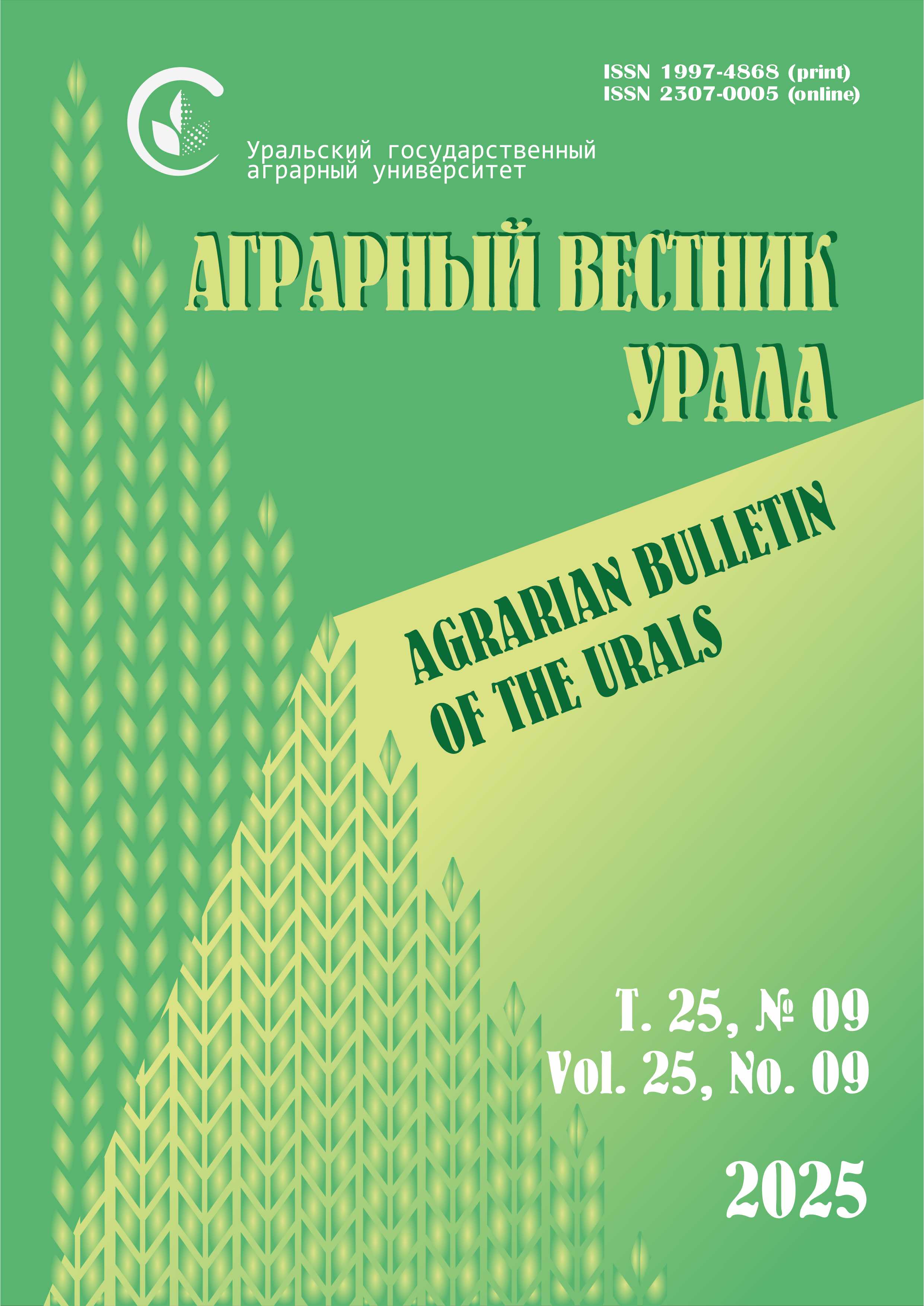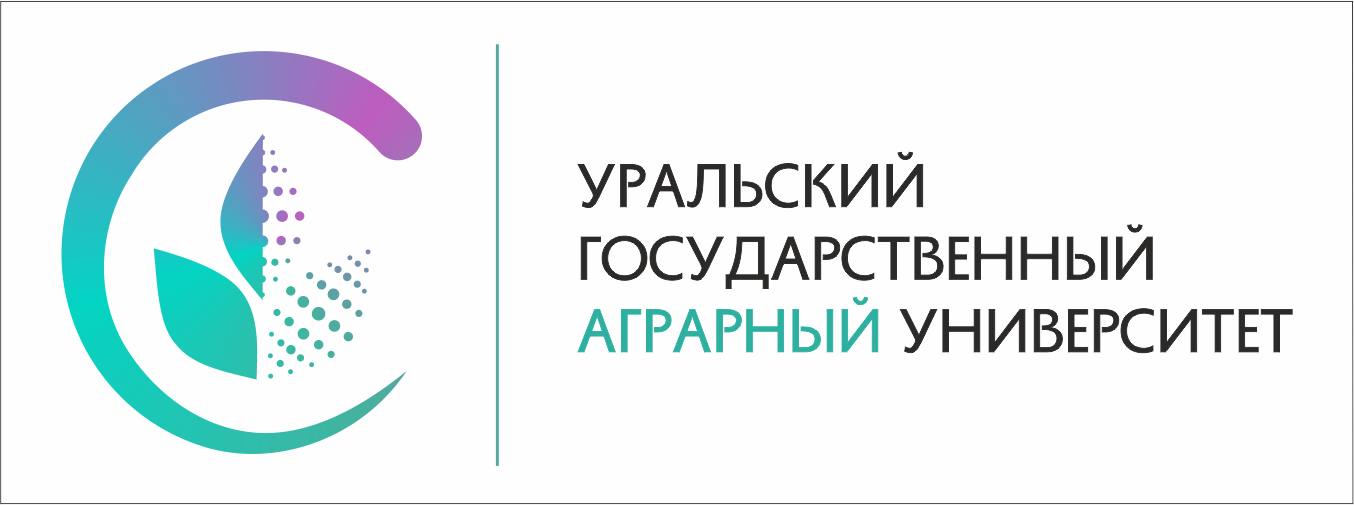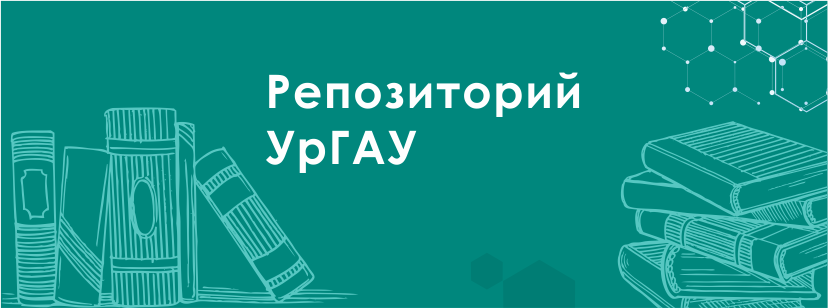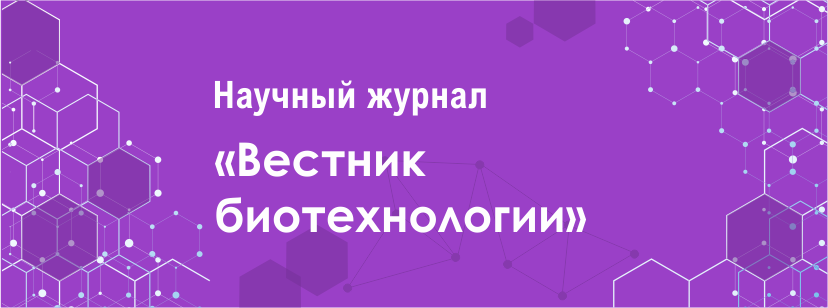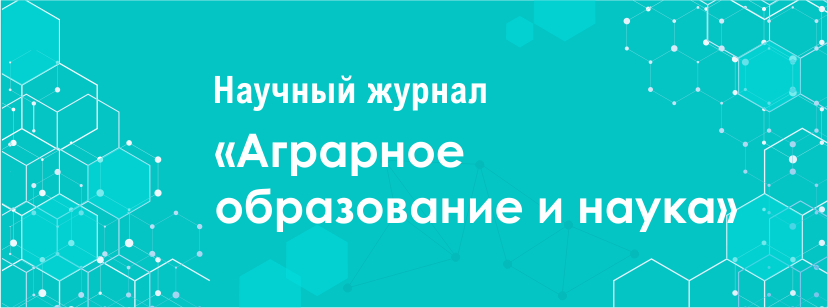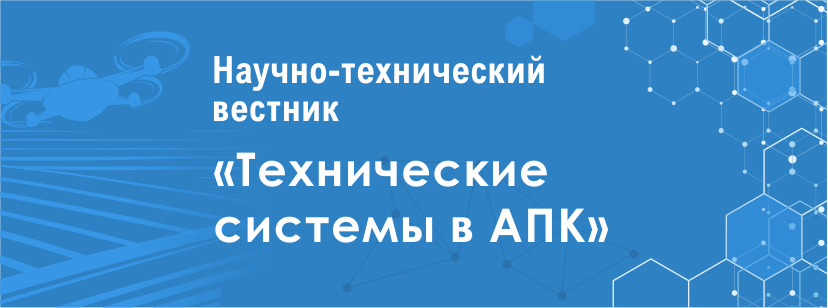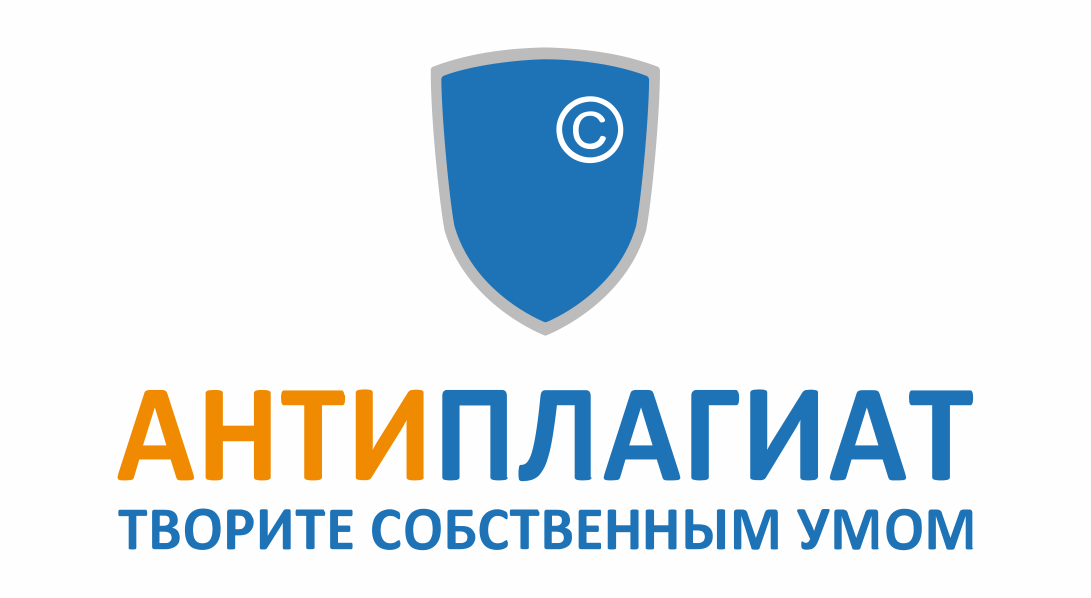A. A. Zyryanova1, 2, A. A. Yaryshkin1 , O. A. Bykova1 , O. A. Shevkunov1 , O. V. Kostyunina1
1 Ural State Agrarian University, Ekaterinburg, Russia
2 Ural Federal Agrarian Research Center of the Ural Branch of the Russian Academy of Sciences, Ekaterinburg, Russia E-mail: agata.lis.00.ru
Volume 25 No. 6
Date of paper submission: 29.01.2025, date of review: 01.04.2025, date of acceptance: 04.04.2025.
Published: 06/30/2025
Abstract. The purpose is to study the distribution of HBD segments among various cattle breeds, including Holstein, Black-and-White, Tagil and others, with an emphasis on the population of the Sverdlovsk region. Methods. An assessment of molecular genetic studies of the blood of Holstein cattle from the Urals was carried out and the results were compared with other breeds. Scientific novelty. Autozygosity segments (HBD – Homozygous-byDescent) are parts of the genome inherited from a common ancestor through both parents. Their accumulation indicates a decrease in genetic diversity and an increase in the level of inbreeding, which is associated with the risk of hereditary diseases and deterioration in the productive qualities of animals. In conditions of intensive selection, especially in dairy cattle breeding, monitoring of HBD segments becomes a key tool for managing the genetic health of populations. The Sverdlovsk region is one of the largest centers of dairy cattle breeding in Russia, where Holsteinized black-and-white cattle dominate (about 600 thousand heads). The formation of this population was accompanied by a long-term influx of genes from Dutch and Holstein breeds, which could lead to the accumulation of inbreeding. The study of HBD segments allows us to evaluate the history of selection, identify hidden risks and optimize breeding programs. Results. The experimental group of Holstein cows from the Ural region is characterized by the predominance of the Rk_8–Rk_32 classes, indicating inbreeding within 3–5 generations. The Yaroslavl and Tagil breeds demonstrated segments associated with ancestors 4–5 generations ago, which reflects more ancient genetic events. The coefficient of genomic inbreeding in the Ural Holstein population is 0.064. According to the obtained data, the largest number of segments were found on 1st chromosome, the smallest on 29th and the average number of SNPs was 37.1. The results confirm that intensive selection, especially using a limited number of sires, leads to the accumulation of HBD segments. This is consistent with global trends, where increasing inbreeding correlates with a reduction in genetic diversity. In the Holstein breed, the high proportion of Rk_8–Rk_32 segments may be associated with the active use of imported sires in recent decades.
Keywords: autozygosity segments (HBD), inbreeding, Holstein breed of Ural breeding, SNP, autozygosity
Acknowledgments. The research was carried out with the support of the Russian Science Foundation, project No. 22-76-10021.
For citation: Zyryanova A. A., Yaryshkin A. A., Bykova O. A., Shevkunov O. A., Kostyunina O. V. Identification of HBD segments in Holstein cattle. Agrarian Bulletin of the Urals. 2025; 25 (06): 915‒925. https://doi.org/10.32417/1997-4868-2025-25-06-915-925 (In Russ.)
Download the full text of the article



